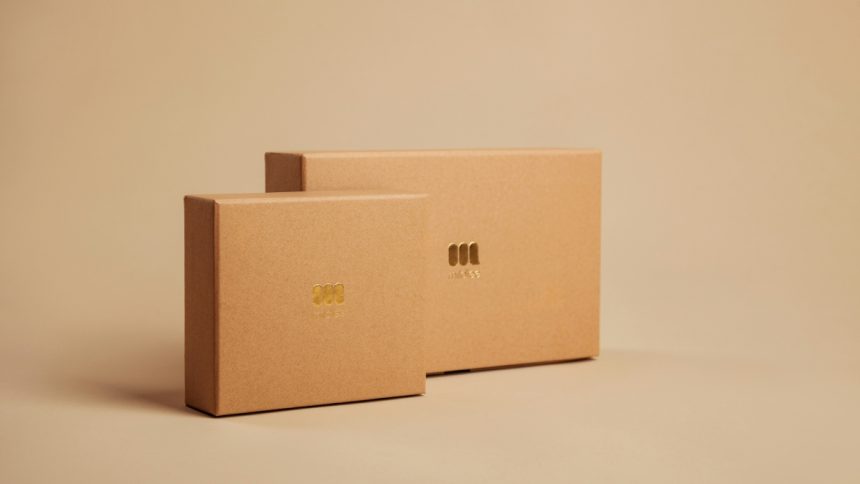Packaging design helps market and drive product sales. It captures the attention of consumers by offering convenience, visually appealing aesthetics, and a reflection of the brand’s creativity and values. However, effective packaging goes beyond good looks. It must also serve essential functions, such as safeguarding products during distribution, storage, and use, while also facilitating the sales process. Crafting a successful package design requires a careful balance between form and function to meet these diverse requirements.
Stick to Simplicity and Clarity
Never leave your customers uncertain about what your product is. While a touch of mystery can be appealing, forcing them to guess everything about the product is never a good approach. Your packaging should clearly communicate what the product is and the brand behind it. Those brief moments when someone picks up the package often determine whether the product stays on the shelf or goes home with them.
The same principle applies to simplicity. Overloading a package with too many design elements can detract from its appeal. Clean and minimal designs are highly favored today, so aim for that while ensuring all essential information is included. Incorporate subtle features, like textured patterns or tasteful elements, which can easily be created using packaging design software.
Craft Your Packaging to Suit Your Products
Effective custom packaging starts with a focus on the essentials. It’s not enough to add some color to a cardboard box and hope it does the job. Your packaging needs to align perfectly with your product, it should be functional, secure, and polished, all at the same time. Prioritizing your product during the design process is key.
However, packaging design isn’t just about the shape or fit. When selling a product like weed, ensure your product fits snugly inside. Consider the color choices and design elements you’ve already established. Weed packaging should elevate your product’s overall presentation, not detract from it.
Start by making a list of all the design features that define your product and brand. This will provide a solid foundation. When every decision aligns with these core elements, you set yourself up for successful, cohesive packaging.
Color Should Enhance Brand Identity
If your brand has a logo, and it should, specific colors are already tied to your identity. It’s essential to feature your logo prominently on your packaging. This helps loyal customers quickly recognize a brand they trust, while giving new customers the chance to become familiar with it.
The packaging colors you select should align with your logo. Whether you opt for similar shades or contrasting ones, they should complement each other seamlessly. If you already have a style guide, great work. You’re ahead of the curve. Your style guide should provide clear guidance on how to incorporate color into your packaging design effectively.
Consider Your Supply Chain Strategy
Custom packaging might require a larger budget compared to what you’re currently spending, but it’s crucial to evaluate your entire supply chain when making decisions. Even minor design adjustments can lead to significant challenges if not properly planned.
For instance, switching from 1 1/4 inches of tape to 3 inches per package might seem like a small change. However, this shift has cost some businesses hundreds of thousands of dollars in production due to increased material usage.
Avoid making decisions in isolation. Review each step of your process and ensure that your new packaging design aligns with all aspects of your operations. This kind of thorough planning helps you steer clear of costly surprises down the road.
Endnote
Custom packaging goes beyond merely enhancing your product’s shelf appeal. It distinguishes you from competitors and fosters an emotional connection with customers. The secret lies in tailoring designs to various customer profiles, considering their preferences and cognitive processes during purchasing decisions.
Lynn Martelli is an editor at Readability. She received her MFA in Creative Writing from Antioch University and has worked as an editor for over 10 years. Lynn has edited a wide variety of books, including fiction, non-fiction, memoirs, and more. In her free time, Lynn enjoys reading, writing, and spending time with her family and friends.















